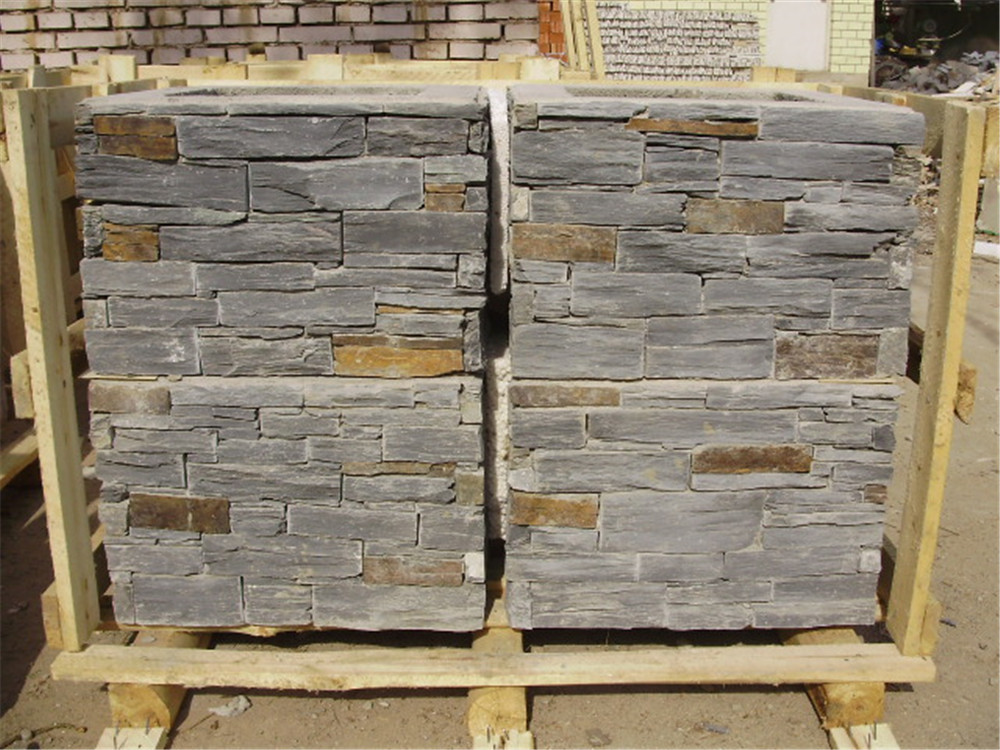Introduction:
In the realm of interior design, the use of natural materials has always been a popular choice for creating a warm and inviting atmosphere. Cultured stone, also known as manufactured stone or faux stone, is a versatile material that has gained significant traction in recent years for its ability to mimic the look and feel of natural stone while offering enhanced durability and affordability. In this comprehensive guide, we will explore the various ways in which cultured stone can be used to enhance interior spaces, from walls and fireplaces to accents and beyond.
Chapter 1: Understanding Cultured Stone
Cultured stone is a man-made product that is designed to replicate the appearance of natural stone. It is typically made from a mixture of cement, aggregates, and pigments that are poured into molds to create realistic stone textures and shapes. One of the primary advantages of cultured stone is its versatility, as it can be customized to mimic a wide range of natural stone types, including limestone, granite, and slate.
Chapter 2: Benefits of Cultured Stone
There are several key benefits to using cultured stone in interior design projects. One of the primary advantages is its cost-effectiveness compared to natural stone, making it a more budget-friendly option for homeowners and designers. Cultured stone is also significantly lighter than natural stone, making it easier to transport and install. Additionally, cultured stone is highly durable and requires minimal maintenance, making it a practical choice for high-traffic areas.
Chapter 3: Applications of Cultured Stone in Interior Design

Cultured stone can be used in a wide variety of interior design applications to add texture, depth, and visual interest to a space. One popular use of cultured stone is for accent walls, where the stone can create a focal point and add a touch of rustic charm to a room. Cultured stone can also be used to create stunning fireplace surrounds, adding a cozy and inviting element to living rooms and bedrooms.
Chapter 4: Design Tips for Using Cultured Stone
When incorporating cultured stone into interior design projects, there are several key design tips to keep in mind. One important consideration is to select the right type of cultured stone for the desired aesthetic, whether it be a sleek modern look or a more traditional rustic style. It is also important to consider the scale and proportion of the cultured stone elements in relation to the overall space, ensuring that they complement rather than overwhelm the room.
Concrete stepstone pavers for outdoor landscaping : Maintenance and Care of Cultured Stone
While cultured stone is known for its durability and low maintenance requirements, it is still important to properly care for and maintain the material to ensure its longevity and appearance. Regular cleaning with a mild soap and water solution can help to remove dirt and grime, while avoiding harsh chemical cleaners that can damage the finish. Additionally, it is important to periodically inspect the grout lines and seal any cracks or gaps to prevent moisture penetration.
Chapter 6: Cultured Stone Trends and Innovations
As the popularity of cultured stone continues to grow, designers and manufacturers are constantly developing new trends and innovations in the industry. One emerging trend is the use of textured and three-dimensional cultured stone panels, which add a dynamic and sculptural element to interior spaces. Another innovation is the development of eco-friendly cultured stone products made from recycled materials, appealing to environmentally conscious consumers.
Conclusion:
Cultured stone offers a versatile and cost-effective solution for enhancing interior spaces with the timeless beauty of natural stone. Whether used as an accent wall, fireplace surround, or decorative element, cultured stone can add character and charm to any room. By understanding the benefits, applications, and maintenance requirements of cultured stone, designers and homeowners can create stunning interiors that are both stylish and durable.
